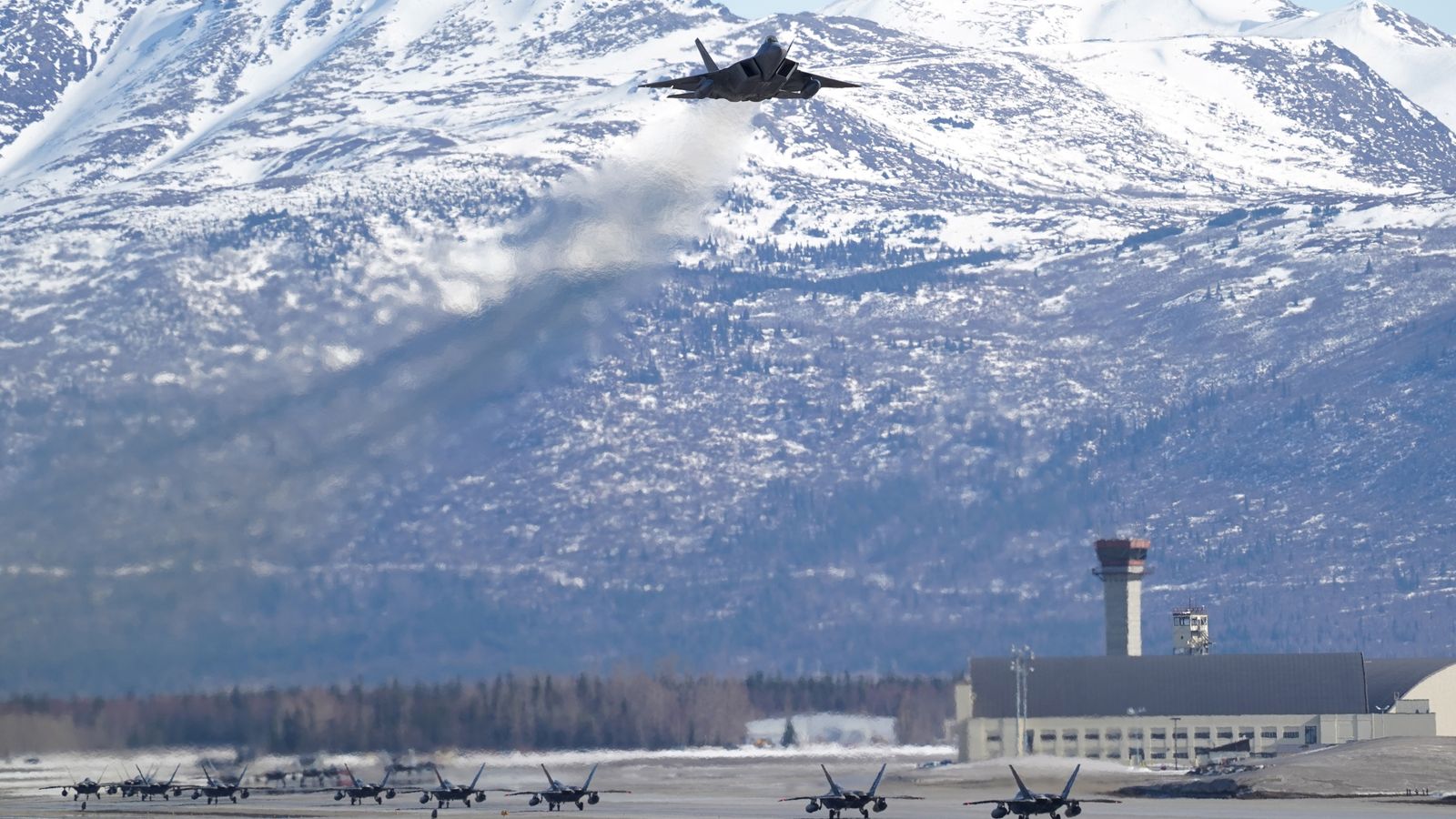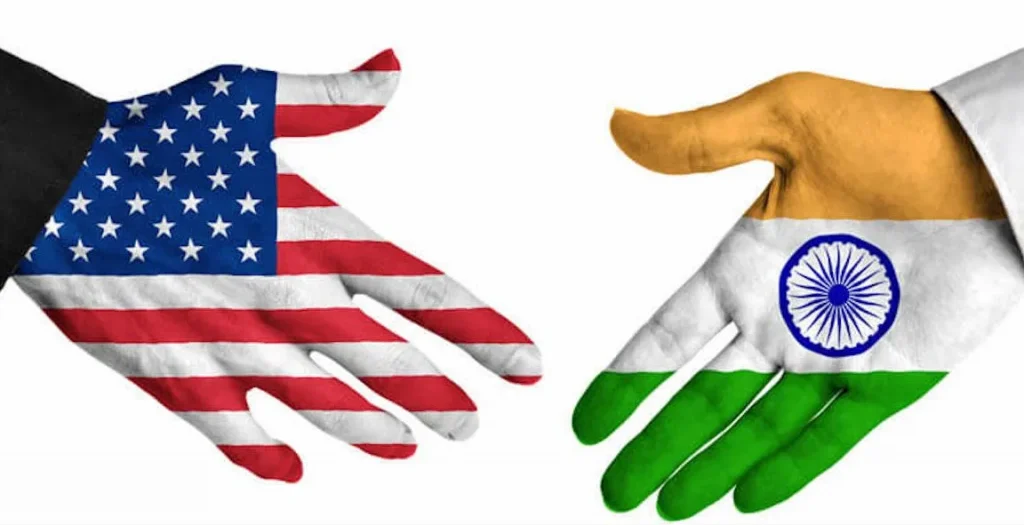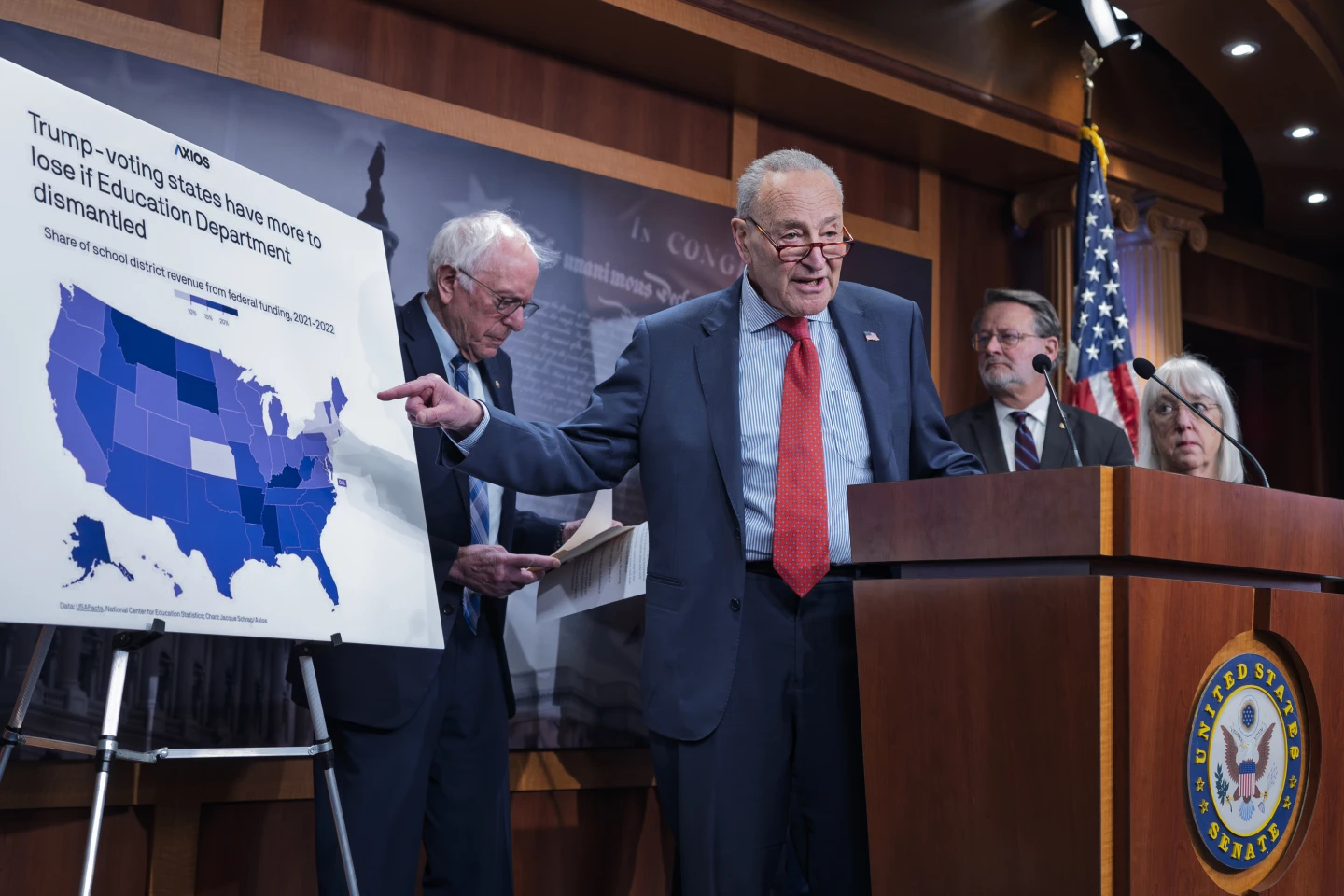
The geopolitical landscape in Europe is witnessing a significant shift as the United States has put forward proposals to extend NATO-style joint defence guarantees to Ukraine. This move signals not only a deepening of diplomatic relations but also a strategic escalation in the ongoing conflict dynamics between Ukraine and Russia. The initiative aims to bolster Ukraine’s security framework by integrating it into a collective defense mechanism reminiscent of NATO, thereby potentially altering the security architecture of the region.
Background: The Need for Enhanced Security Assurances
Since the onset of the conflict in Ukraine, the international community has been grappling with how best to support Kyiv amidst ongoing hostilities. Ukraine, a sovereign nation with aspirations of NATO membership, has sought robust security guarantees to deter further aggression and safeguard its sovereignty. However, despite substantial Western military aid, Kyiv continues to face threats that jeopardize its territorial integrity and regional stability.
In this context, the United States’ proposal to introduce NATO-style joint defence guarantees can be seen as a strategic move to provide Ukraine with a more formidable security umbrella. Such guarantees would commit allied nations to collective action in case of an external attack, effectively raising the stakes for any aggressor contemplating military operations against Ukraine.
The Details of the US Proposal
What Are NATO-Style Guarantees?
The NATO alliance is predicated on the principle of collective defense — articulated in Article 5 of the North Atlantic Treaty — whereby an attack against one member is considered an attack against all. Extending this concept to Ukraine would imply that if Ukraine is attacked, member states, led by the US and possibly other NATO countries, are obligated to respond collectively.
The US proposal envisions a formalized security arrangement that would:
- Provide Ukraine with security assurances comparable to NATO members’ commitments
- Include rapid reaction forces ready to assist Ukraine if attacked
- Establish a framework for joint military exercises and intelligence sharing
- Offer diplomatic backing and support for Ukraine’s NATO membership aspirations
Implications for Ukraine and Regional Stability
Implementing such guarantees would mark a paradigm shift in Ukraine’s defense posture. It would not only serve as a deterrent against potential aggression but also demonstrate the US’s commitment to Ukraine’s sovereignty. Moreover, it could accelerate Ukraine’s bid for NATO membership, which Russia views as a direct threat to its sphere of influence.
On the regional front, the move could provoke reactions from Russia, which perceives NATO expansion as a threat to its national security. Moscow’s opposition to Ukraine joining NATO has been vocal and consistent, and these proposals are likely to escalate tensions further.
Strategic Motivations Behind the US Proposal
Countering Russian Influence
The US aims to reinforce Ukraine’s defenses as part of a broader strategy to counteract Russian influence in Eastern Europe. Establishing NATO-style guarantees would serve as a diplomatic and military signal of commitment to Ukraine’s independence and stability.
Strengthening NATO’s Eastern Flank
By extending collective defense promises beyond existing NATO members, the US and its allies could create a buffer zone that complicates Russia’s military objectives. This could include increased military presence, more joint exercises, and enhanced coordination among allied nations.
Supporting Ukraine’s Euro-Atlantic Aspirations
During recent years, Ukraine has expressed a desire to integrate more closely with Western institutions, including NATO and the European Union. The US proposal can be seen as an effort to facilitate Ukraine’s trajectory towards Euro-Atlantic integration, thus anchoring regional security principles grounded in democracy and sovereignty.
Global Reactions and Potential Challenges
European Responses
European countries have shown mixed reactions. While many support increased security guarantees for Ukraine, some are concerned about provoking Russia further. The balance between strengthening Ukraine and avoiding escalation with Russia remains delicate.
Russian Perspectives and Reactions
Russia has vehemently opposed NATO’s eastward expansion, viewing it as a threat to its national security. Moscow has warned that such proposals could provoke an arms race in the region and potentially lead to increased instability. Russia might respond with increased military mobilization or hybrid tactics to counteract these developments.
Challenges to Implementation
While the proposal is ambitious, practical hurdles exist in actualizing such guarantees:
- Legal and diplomatic complexities in extending NATO-like commitments to Ukraine
- The possible need for Ukraine to meet certain accession criteria
- Potential resistance from NATO members wary of escalating tensions
- The risk of provoking a reciprocal action from Russia, which could escalate into open conflict
Long-term Implications for International Security
Should these proposals materialize, they could set a precedent for other aspiring nations seeking security assurances outside formal NATO membership. It might also catalyze discussions on how collective defense concepts can be adapted to new geopolitical realities.
On the flip side, such measures could lead to more rigid security blocs and an increased risk of misunderstandings leading to conflict. Diplomacy must therefore be at the forefront to navigate these complex dynamics.
Conclusion
The US’s initiative to propose NATO-style joint defense guarantees for Ukraine reflects an evolving strategic landscape that balances deterrence, diplomacy, and regional stability. While it promises enhanced security for Ukraine, it also raises significant geopolitical questions, especially regarding Russia’s response and the broader European security environment. As international actors deliberate on this proposal, the coming months will be critical in shaping the future of Ukraine’s sovereignty and regional peace.
Ultimately, this effort underscores the importance of reinforced alliances, strategic diplomacy, and clear communication channels in navigating the complexities of modern geopolitics.
For more updated news please keep visiting Prime News World.








